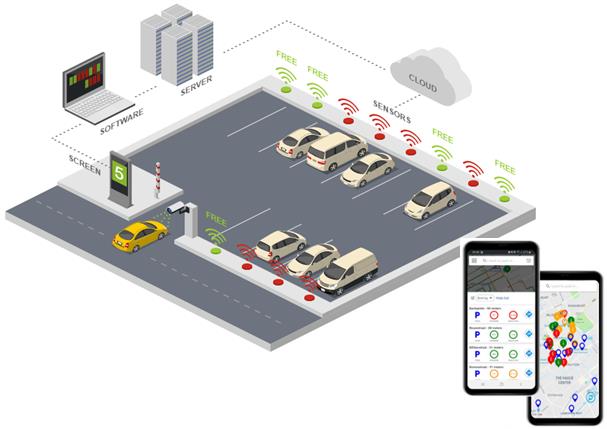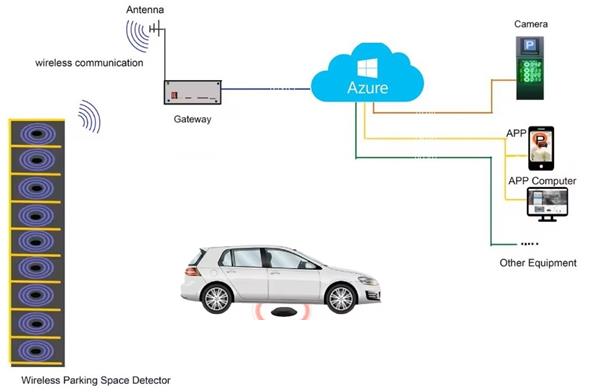Introduction to Smart Parking
As urban populations grow and the number of vehicles on the roads increases, cities worldwide face escalating challenges related to traffic congestion, air pollution, and the inefficient use of limited parking spaces. A critical component of future Smart Cities, Smart Parking systems aim to address these issues by leveraging advanced technologies to optimize the use of parking infrastructure, reduce the time drivers spend searching for parking, and enhance overall urban mobility. By providing real-time information on parking availability, Smart Parking systems help drivers find parking spots quickly and efficiently, decreasing the time and fuel wasted while searching for parking. This reduction in search time alleviates traffic congestion and lowers emissions, contributing to a cleaner and greener urban environment. Moreover, Smart Parking can enhance the overall quality of life by making urban mobility more predictable and less stressful.






